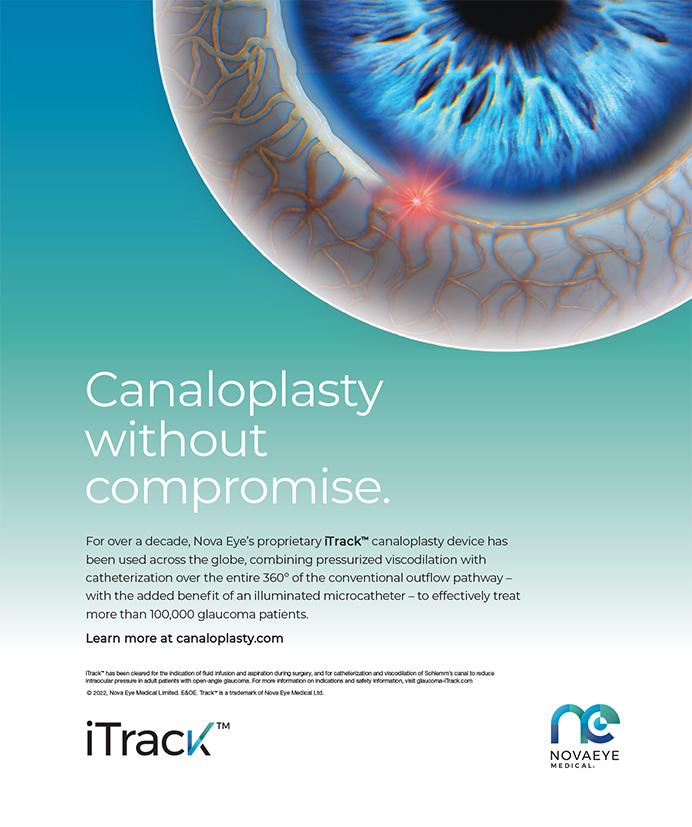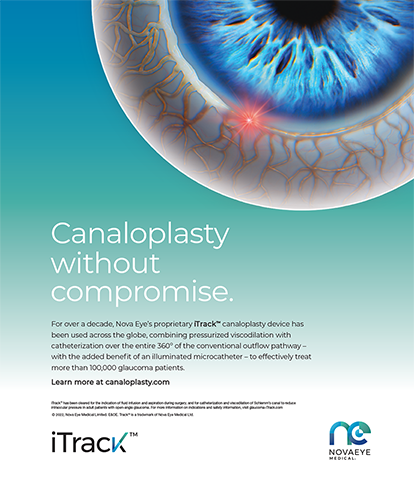We Can't All Be Right, or Can We?
The following letter is in response to an article titled, “Point/Counterpoint: Are Topical Steroids Necessary in Modern Cataract Surgery?” by Keith A. Walter, MD, and David A. Goldman, MD. The piece appeared in our October 2011 edition.
I recently participated in a roundtable discussion about the use of topical nonsteroidal anti-inflammatory drugs (NSAIDs) following cataract surgery. Not one of the leading surgeons in the room was using the NSAID of his or her choice in the same way. In fact, the approaches to postoperative medical management overall were very personal, reflecting differences in surgical technique, variations in patient populations, and a host of other factors. The number and brand names of agents chosen; decisions about dosing initiation, frequency, and duration; and adjustments for patient type—all varied significantly.
I therefore read Drs. Walter's and Goldman's article with heightened interest. I really do not have a major disagreement with either of their general positions, although my own experience and approach differ from theirs. Most important to me was that both surgeons were reporting their experiences with NSAIDs and steroids in their own practices, albeit in the context of a formal clinical protocol in Dr. Walter's case. Both were taking innovative approaches to doing more with less. That made me think about how my postoperative regimen has evolved. I usually start bromfenac ophthalmic solution 0.09% (Bromday; Ista Pharmaceuticals, Inc.) q.d. 3 days preoperatively and continue it until 4 to 6 weeks postoperatively. I use difluprednate (Durezol; Alcon Laboratories, Inc.) b.i.d. the day before surgery, pulse it q2h on the day of surgery, and in most cases, decrease it to q.d. on postoperative day 1. I generally continue it for 2 to 3 weeks. Of course, I treat higherrisk patients differently.
I am a fairly high-volume cataract surgeon. My patient mix reflects the demography of middle Georgia. I see a lot of dense cataracts (more than 20% of the 50 nuclei I extracted in a recent week were exceptionally hard), a high proportion of patients with diabetes and/or glaucoma, and plenty of floppy irides. I therefore encounter more inflammation than many of my colleagues. So, while my choice of bromfenac ophthalmic solution 0.09% (Xibrom; Ista Pharmaceuticals, Inc.) as my postoperative NSAID was based on my conviction that clinical trials had demonstrated its excellent potency and tissue penetration without a steroid, I continued to use a steroid. Like Drs. Walter and Goldman, I also tinkered. By the time Bromday became available, I had performed thousands of cases using Xibrom q.d. with excellent results. The 1.7-mL bottle of Bromday provides about 33 drops, more than sufficient for a 2- to 4-week course of q.d. dosing.
It remains to be seen if current evidence prompts ophthalmologists to eliminate steroids from postoperative therapy, as Dr. Walter has done, and if other NSAIDs will prove efficacious with less frequent dosing. What works best for Dr. Walter, Dr. Goldman, or me may not be best for other surgeons. Debate and discussion as well as the research they stimulate encourage all of us surgeons to examine the rationale for our postoperative drug regimens. Can we really all be right? Assuming we are letting outcomes be our guide, the answer may be yes.
JOHNNY GAYTON, MD
Warner Robins, Georgia
Dr. Walter responds.
I agree with the majority of Dr. Gayton's response. I, too, counted the number of drops in the 1.7-mL bottle of bromfenac and came to 38. At once-daily therapy, this is about 4 to 5 weeks of treatment, which my patients' experiences have verified. The recently published study in which I used no steroids during the perioperative period involved 200 consecutive cataract patients.1 In rural North Carolina, that means I had my fair share of floppy irises, diabetic eyes, and hard nuclei, which were all included in that group. All of these eyes received bromfenac 0.09% once daily alone and required no additional steroid (as a rescue). There were no patients with significant inflammation or pain, and only one eye had cystoid macular edema out of the 200, which resolved with a second bottle of bromfenac.
KEITH A. WALTER, MD
Winston-Salem, North Carolina


